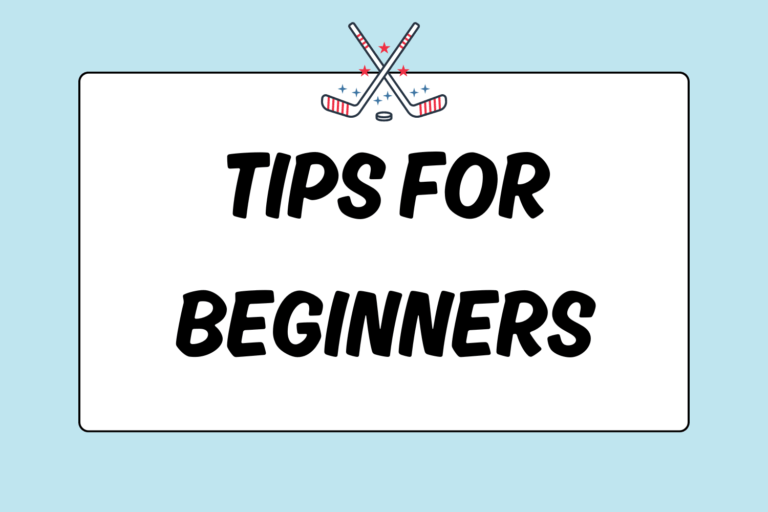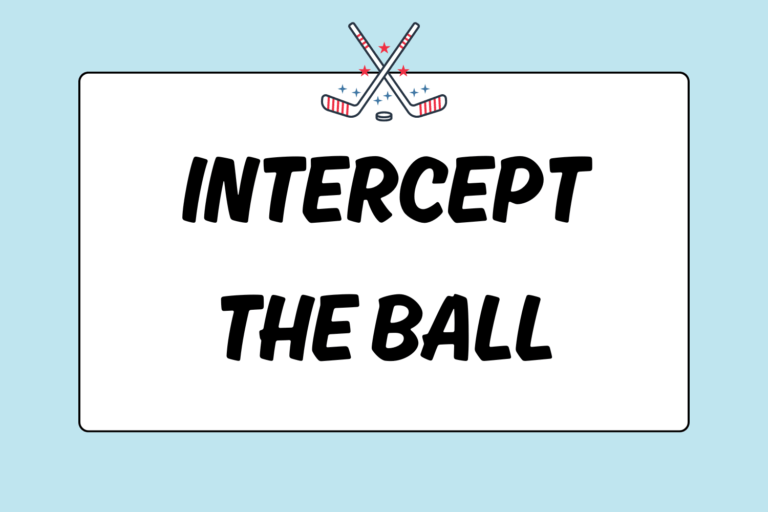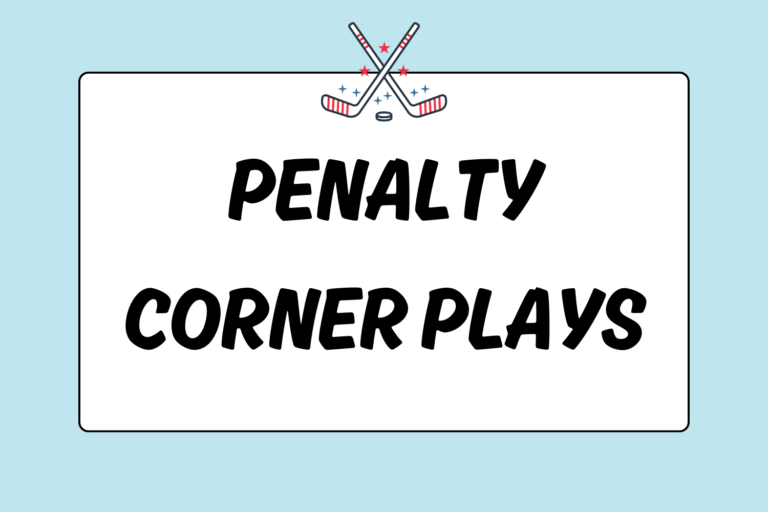The goalie is the most equipped player on the team; padding covers her entire body from head to toe. The padding is essential to the position because as shots are hurled at the goal at high speeds, a goalie throws her body in front of them. So if you plan on playing in the goal, you want to have the best gear at your disposal. By doing so, you’ll prevent against injuries and improve your game.
Luckily, most goalie gear comes in sets, so you can buy it all in one shot. This guide will offer some advice on the pieces you’ll need, their purposes, and general pricing information.
Pricing
A full set of gear can cost anywhere from $400 for a beginner kit (without the stick) to $2,000 for more advanced gear. Sometimes it is more affordable to buy the equipment in a set, and other times it is better to buy the equipment separately.
| Equipment | Low Price | High Price |
| Helmet | $50 | $300 |
| Mouth guard | $1 | $10 |
| Throat protector | $15 | $30 |
| Chest protector &Arm guard/elbow protector | $60 | $200 |
| Right hand protector | $60 | $100 |
| Left hand protector | $60 | $100 |
| Goalie stick | $100 | $300 |
| Goalie pants | $50 | $150 |
| Groin/pelvic protector | $15 | $45 |
| Leg guards | $150 | $300 |
| Kickers | $100 | $300 |
| Goalie equipment bag | $60 | $150 |
| Total | $721 | $1980 |
Head Protection
The head and face are protected by a helmet, mouth guard, and throat protector. These are all necessary for proper support.
Helmet
The helmet is used to protect the head and face from injury. It comes in various shapes and sizes, depending on the brand. The most important thing to look out for when buying a helmet is to make sure it fits your head. Most helmets have padding on the inside, so make sure you consult a sizing chart before purchasing one. If possible, try it on first.
Also, make sure to purchase a brand name helmet. Getting a generic helmet might be cheaper, but you do not want to risk your safety to save a few extra bucks.
One of the components that differentiate the helmets is the face masks. Some brands offer helmets with a large front cage for added visibility. Other styles’ face masks only cover the eyes and nose with solid construction around the chin for additional chin and neck protection. Both styles offer chin protection, so your main deciding factor would be preference.
Mouth Guard
Some leagues require a goalie to wear a mouth guard on the inside of their helmets and others do not. The benefit of wearing a mouth guard is that it gives you added protection when you get hit in the face. The disadvantage of wearing a mouth guard is that it may limit your ability to clearly communicate with your defense. However, if you practice wearing your mouth guard while you play, you’ll learn how to communicate just fine.
Throat Protector
The throat protector is a pad that wraps around your neck. Helmets will shield some parts of the neck, but a throat guard is essential for safe play.
Body Armor
Your body armor consists of pads that cover your torso and arms. You’ll often face lifted shots, so having a good set of body gear will keep you safe. Your body armor will consist of:
- A chest pad
- Arm guards and an elbow protector
- A right hand protector
- A left hand protector
- A goalie stick
You can wear a goalie shirt or a football jersey on top of your goalie pads. Just make sure that the shirt is a different color than your team’s uniforms because you need to be easily distinguishable by the referees and opposing players.
Chest Pad
The chest pad covers your torso. It is padded in the front and strapped to your body along the back. Sometimes the pad is connected to the arm guards, and other times it is separate.
Arm Guards & Elbow Protector
The arm guards and elbow protectors keep your upper and lower arms safely padded. If they are not connected to the chest protector, they can be strapped on. You don’t often get hit in the arms, but they are good pieces of equipment to have — just in case.
Right Hand Protector
Goalies hold the stick in the right hand. So, the right hand protector is designed to fit around the stick. The pad is hard and rounded. It should fit snug around your hand to eliminate the possibility of it sliding down the stick.
Left Hand Protector
Your left hand is protected by a flat and stiff, rectangular pad. You slip your left hand inside the pad and use it to stop lifted shots at the goal.
Goalie Stick
The goalie stick is different from a field player’s stick because it is curved above the hook, designed to give you the maximum coverage for defending the goal. However, you are allowed to play with a field player’s stick, if preferred.
There will be sizing charts that correlate stick sizes to your height, so make sure to buy the right size. Also, buy a composite stick over a wood stick; they are more accurate and durable.
Lower Body Protection
Your lower body is going to have the most padding since it is more likely that the ball will hit your lower body than your upper body. Protecting the lower body will be:
- Goalie pants
- Groin/pelvic protector
- Leg guards
- Kickers
Goalie Pants
The goalie pants provide extra padding to the hips, upper legs, and groin, protecting your upper legs from lifted shots. Spandex is commonly worn underneath the pads for added comfort. Large shorts are generally worn on the outside of the pants for styling purposes.
Groin/Pelvic Protector
Both men and women wear a groin/pelvic protector under the goalie pants. In the goal, you are likely to get hit in the groin at some point and when you do, you will appreciate the extra protection.
Leg Guards

The quality of your leg pads will affect how you play. So, if you plan to stick with the sport, make sure to buy quality leg guards. You’ll spend more buying a starter kit first and then another one that’s of better quality.
Kickers
Kickers protect your feet and shins, and are generally sold with leg guards as sets. Kickers are sized according to your foot size, so make sure you get ones that fit you.
Goalie Bag
Carrying all of this equipment can be a lot to handle. So, buy yourself a good goalie bag. Some have wheels and others are styled to carry as a backpack.
Hot Tip: Air It Out
When you put your gear back into your bag, make sure to develop a system where it all fits comfortably. You might also want to leave the bag open after playing a game — goalie equipment can get quite rank.
Buy It
Buying a full set of goalie equipment can be daunting. But now that you know what to get, all you have the do is find the right style that fits you! You’re looking to spend between $400 and $2,000 on gear, so make sure you pick equipment that you plan to stick with.
You can find good deals on the internet or from vendors at tournaments. If you buy from a vendor at a tournament, wait until the last day to buy when they are looking to unload their excess merchandise. What are you waiting for? Get your shopping done so you can go play safely!





